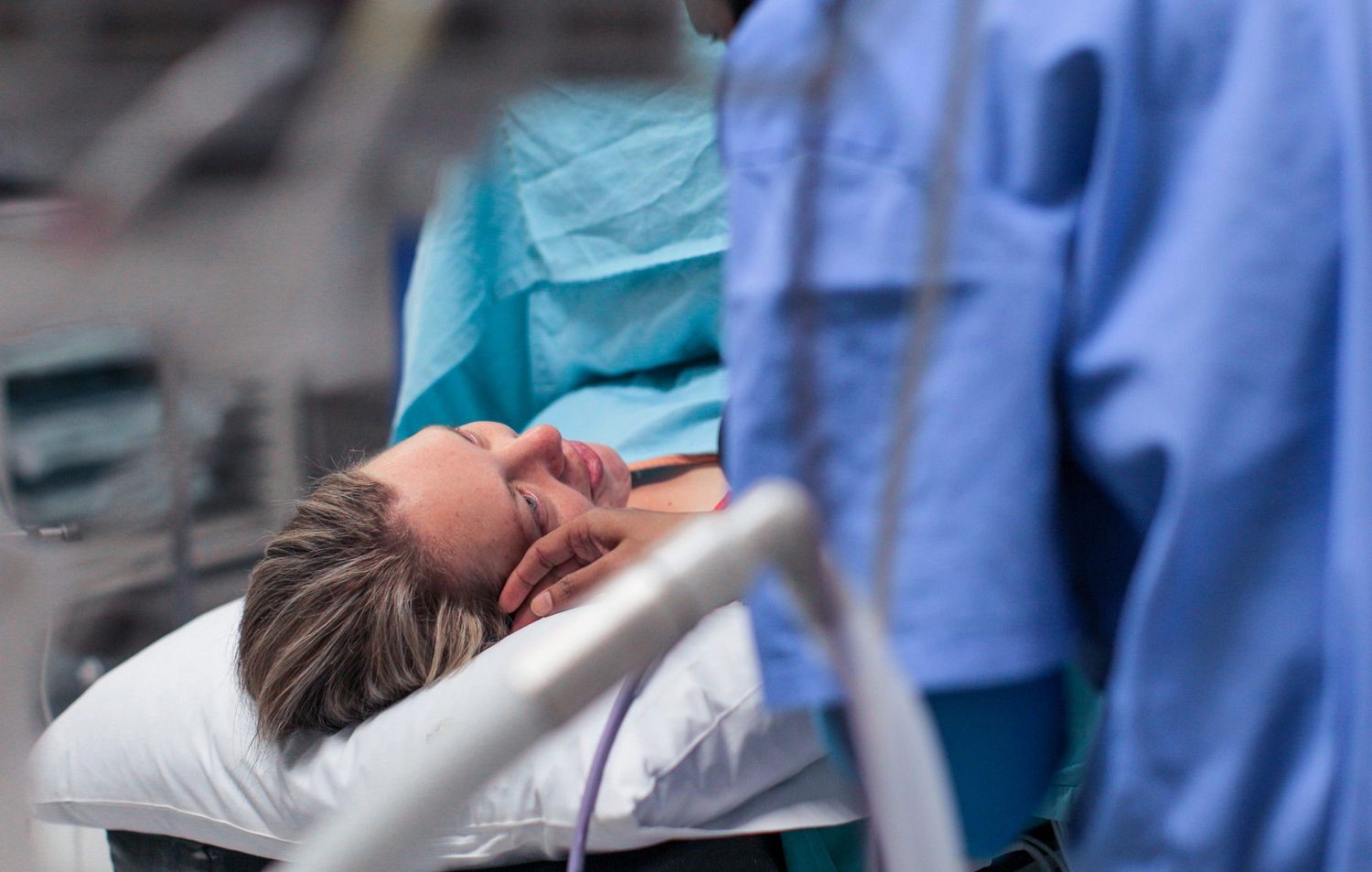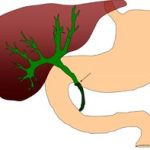Caesarean Section in Iran
A caesarean section is a surgical procedure in which a baby is born through a cut made in the mother’s abdominal wall and uterus. A baby will need to be born by caesarean section if there are serious problems that prevent the baby being born by a normal vaginal birth.
How is a Caesarean delivery performed?
Caesarean section usually takes about 45 to 60 minutes. Due to the fact that it is a surgery, it will be performed in an equipped operating room with a calm atmosphere. Depending on your choice and your circumstances, your doctor may use an epidural block, spinal block or general anesthesia for you. Your abdomen is thoroughly cleansed and disinfected before surgery. You will have an IV to receive fluids and medications during surgery. You will also have a catheter to drain urine from your bladder so that your bladder is not damaged during surgery. Your heart rate, blood pressure, and breathing are also monitored throughout the surgery.
At the beginning of the surgery, the doctor makes an incision that is about 6 inches in the lower abdomen, from side to side. The doctor passes the skin, fat, and muscle through these incisions and accesses the cavity inside your abdomen. The next incision is made in the uterus and is large enough for the baby to pass through. To better get the baby out, the doctor uses his or her hand to support the baby, and another doctor pushes the baby out by squeezing the uterus.
Fluid in the baby’s mouth and nose is removed through suction. If you are alert, your doctor will show you the baby at this stage. The baby’s umbilical cord should then be cut and the placenta removed. After cleansing and disinfecting your uterus and abdomen, your doctor will close the incisions with dissolvable stitches. This stage will take longer than the delivery itself.
How long does c-section recovery take?
After completing the surgical procedure, you will be transferred to the recovery room to be monitored for a few hours. In the first few hours, you may experience tremors, nausea, and drowsiness, which are usually normal and not a cause for concern. Once you are stabilized, you will be transferred to the ward. When you and your baby are ready, the doctor will ask the nurse to bring your baby so you can hug and nurse your baby.
You usually have to stay in the hospital for 2 to 4 days. Try not to accept too many visitors so that you can relax more. Recovery from a Caesarean section takes at least six weeks. Try not to push yourself and rest more. Get help if needed. Discomfort and fatigue are common during c-section recovery process. Here are some tips to speed up the recovery process:
- Get more rest. Before giving birth, try to provide everything you need for the comfort of yourself and your baby. Heavy lifting is prohibited in the first few weeks. You are also not allowed to lifting from a squatting position.
- To relieve the pain of a surgical incision, in addition to taking over-the-counter pain relievers such as ibuprofen, acetaminophen, or other medications you can also use a heating pad.
- Sex is not recommended in the first six weeks after Caesarean section because it increases the risk of infection and suture opening.
- It is also not possible to drive for 1 to 2 weeks because during this time you can not easily control the car or turn your body to check for blind spots, etc.
During the recovery process, you should constantly check your incision for signs of infection. Contact your doctor immediately if you notice any of the following symptoms:
- If your incision is red, swollen or has discharge.
- If you have a fever.
- If you have heavy bleeding.
- If your pain gets worse over time.
Another issue after childbirth, whether Caesarean or vaginal, is postpartum depression. Severe mood swings, loss of appetite, fatigue, and lack of vitality and energy can be signs of postpartum depression. These symptoms usually go away on their own, but if they persist, you should talk to a counselor.
What are the complications and risks of Caesarean delivery?
Because Caesarean delivery is a type of surgery, there are some risks and complications for both mother and baby, although they are rare. Some of the possible risks of c-section are:
- Bleeding
- Infection
- Blood clots in the legs, pelvis, or lungs
- Damage to organs around the uterus such as the intestines or bladder
- Reaction to anesthetics and other drugs
You have to keep in mind that there is a risk of many of these complications in natural childbirth as well. Also, the recovery period after Caesarean delivery is longer than vaginal delivery. The higher the number of Caesarean deliveries, the greater the likelihood of the problems mentioned above and problems such as uterine rupture and placental problems in subsequent pregnancies. If you perform a Caesarean delivery with an experienced specialist, the risk of many of these complications is greatly reduced.
















